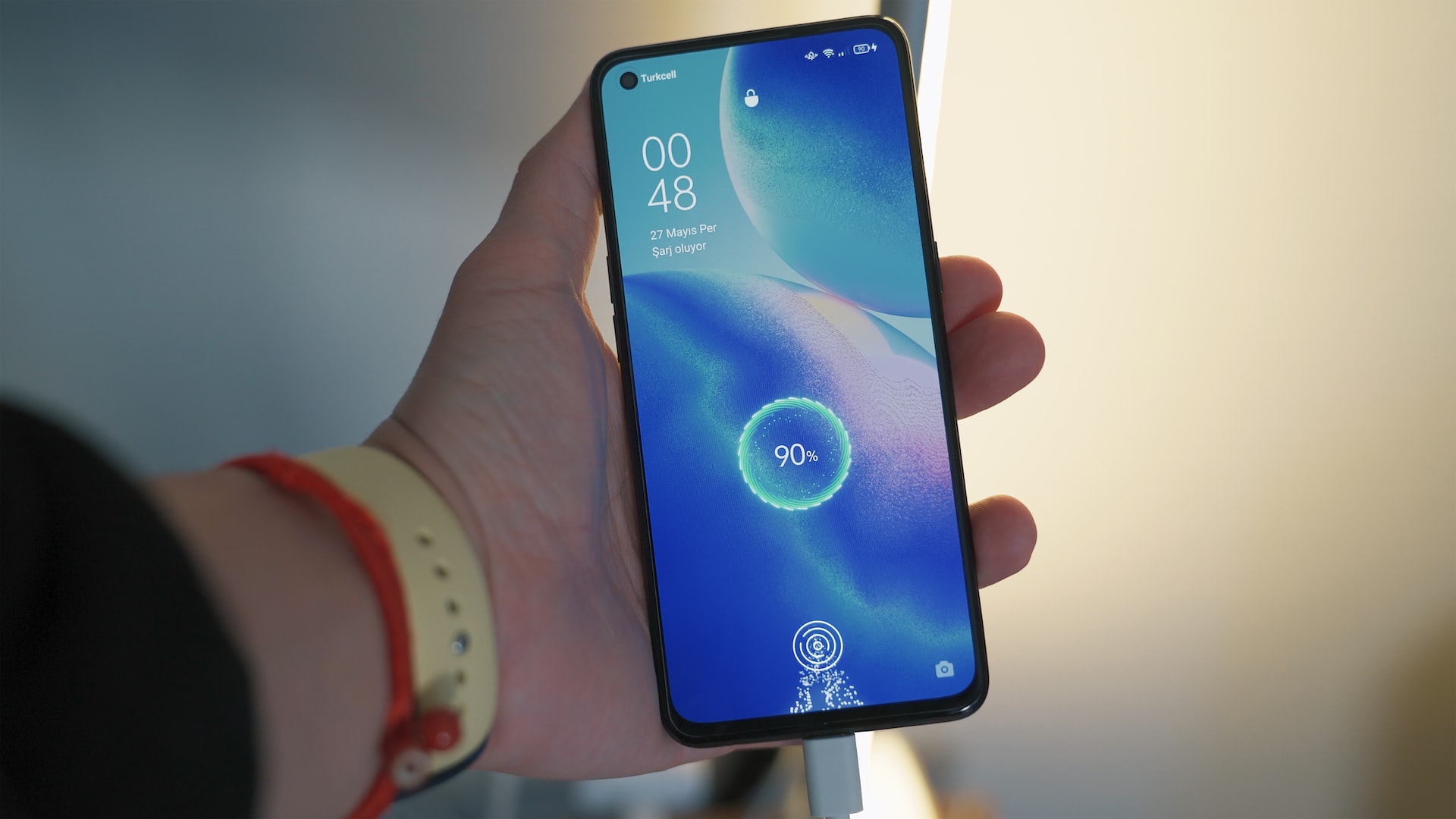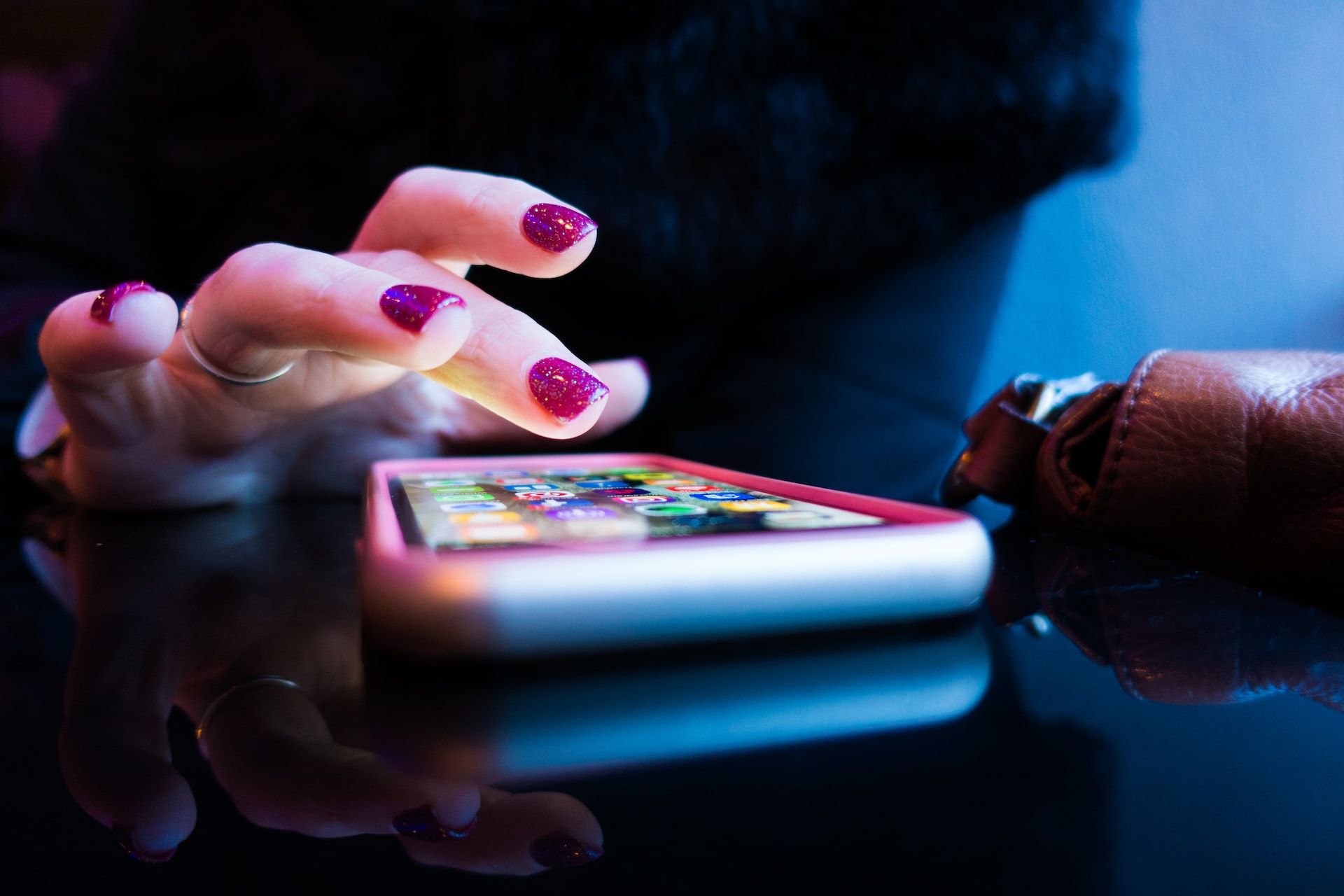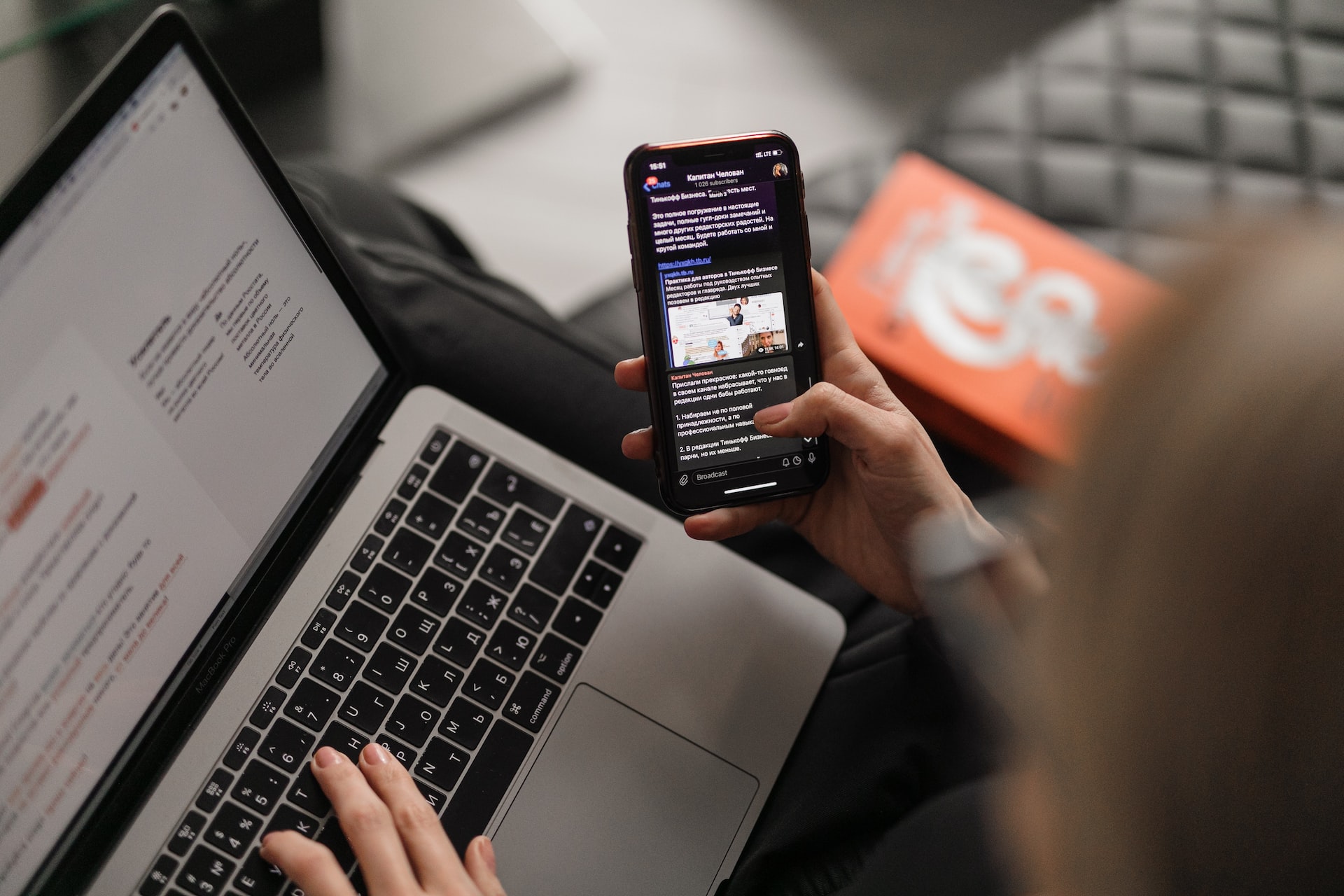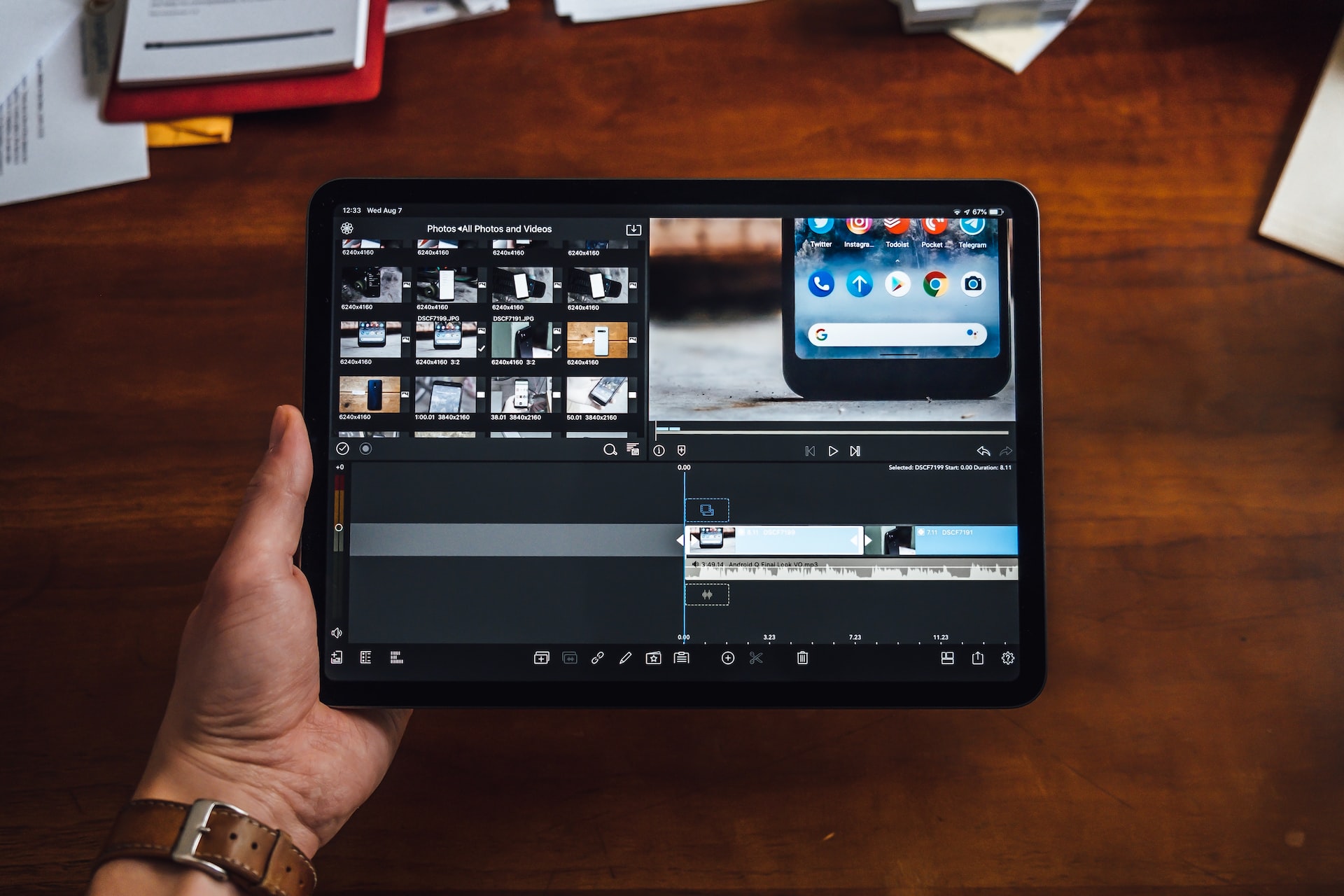Smartphones have become an integral part of our daily lives, and most of us rely on them for everything from staying connected with friends and family to managing our schedules and getting things done. However, one of the biggest frustrations with these devices is their battery life, which can often be short-lived and leave us stranded without access to our essential apps and functions.

If you’re tired of constantly having to charge your smartphone or running out of juice at the most inconvenient times, here are the top 10 tips for maximizing your device’s battery life.
Adjust your screen brightness and timeout settings
One of the biggest drains on your smartphone’s battery is the display, which is why it’s important to adjust the brightness and timeout settings to something that works for you. To save battery, try turning down the brightness on your screen or setting it to auto-brightness, which adjusts the screen’s brightness based on the ambient light in your environment. You should also consider increasing the timeout setting so that your screen turns off faster when you’re not using it.
Turn off push email and use fetch instead
Push email is a feature that automatically sends emails to your device as soon as they arrive in your inbox. While this may be convenient, it can also be a drain on your battery as your device is constantly checking for new emails. To save battery, consider turning off push email and switching to fetch, which allows you to manually check for new emails at set intervals.
Use airplane mode in low signal areas.
When your smartphone is in a low signal area, it has to work harder to find and maintain a connection, which can drain your battery faster. To conserve battery in these situations, consider turning on airplane mode, which will disable all wireless connections and allow your device to use less power.
Turn off vibration for notifications
Vibrating alerts may be convenient, but they can also drain your battery faster than audible notifications. To save battery, consider turning off vibration for notifications and sticking with the default sound alerts instead.
Turn off unnecessary apps and services
Your smartphone is likely running a number of apps and services in the background, many of which you may not even be aware of. To save battery, consider going through your device’s settings and turning off any apps or services that you don’t need. This includes things like location services, push notifications, and automatic updates.
Use a black or dark-colored wallpaper
Believe it or not, the color of your wallpaper can actually affect your smartphone’s battery life. Dark-colored wallpapers, in particular, can help conserve battery because they require less power to display. If you’re looking to maximize your device’s battery life, consider switching to a black or dark-colored wallpaper.
Enable battery-saving modes
Many smartphones come with built-in battery-saving modes that can help extend your device’s battery life when it’s running low. These modes typically turn off non-essential features and apps, reduce screen brightness and timeout settings, and limit background activity. To enable battery-saving mode, go to your device’s settings and look for the battery or power-saving options.
Use a power-saving app
If your smartphone doesn’t have a built-in battery-saving mode or you want more control over which features and apps are turned off, consider using a power-saving app. These apps allow you to customize which features and apps are turned off when your battery is running low, and some even have advanced features like “hibernation” that can completely shut down apps that are using up too much power in the background. Power-saving apps can be especially useful if you have a lot of apps installed on your phone and you want to selectively choose which ones are allowed to run in the background. Some popular power-saving apps include Greenify, Battery Doctor, and DU Battery Saver. It’s important to note that power-saving apps may not work with all smartphones, so be sure to check compatibility before downloading one. Additionally, keep in mind that power-saving apps may not always be necessary if you already have a built-in battery-saving mode or if you’re able to manually turn off apps and services that you don’t need.
Avoid using your phone while it’s charging
It’s a common misconception that using your phone while it’s charging can damage the battery or cause it to charge slower. However, this is not true. Using your phone while it’s charging can actually drain your battery faster because the device has to work harder to power both the battery and the phone’s functions. To maximize your battery life, try to avoid using your phone while it’s charging, or at least limit your usage as much as possible.
Invest in a high-quality battery case or portable charger
If you find that your smartphone’s battery life still isn’t meeting your needs, consider investing in a high-quality battery case or portable charger. These products can extend your device’s battery life by providing additional power when you need it, and they can be especially useful for long trips or situations where you don’t have access to a charging outlet.
Maximizing your smartphone’s battery life is essential for staying connected and getting things done on the go. By following the top 10 tips outlined in this article, you can extend the life of your device and avoid the frustration of running out of juice at the most inconvenient times. Whether it’s adjusting your screen brightness and timeout settings, turning off push email and vibration alerts, or using a power-saving app, there are plenty of simple steps you can take to conserve battery and keep your phone running strong. So next time you’re worried about your phone’s battery life, try implementing some of these strategies and see how much of a difference they can make.




